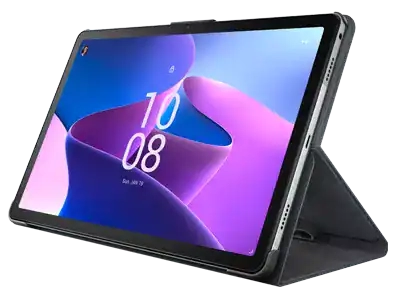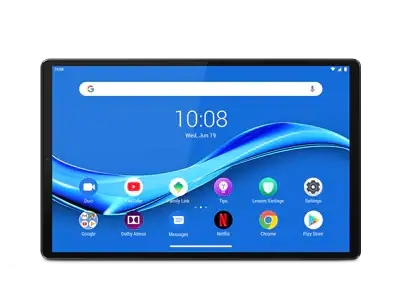What is an AMOLED Display?
Your first exposure to AMOLED technology was probably a few years ago on a high-end smartphone promising a bigger, more color-rich display. Now you’re hearing about AMOLED laptop screens and PC monitors. But what is AMOLED? How does it make screen viewing a better experience?
The oft-cited advantages of AMOLED displays – they work pixel-by-pixel, produce brighter colors (and deeper, near-perfect blacks), can consume less power, and are thinner and lighter than conventional LED models – helped fuel the emergence of the bigger, palm-size phone screens we know today. And as consumer interest in the technology has grown, laptop manufacturers have responded with new, high-resolution AMOLED-based models.
AMOLED explained: AMOLED vs. OLED
So, what is an AMOLED screen? To understand AMOLED, you first need to know a little bit about OLED, and LED, and TFT. Confused? Don't be. Just read on.
In conventional LED-LCD displays, the interior white LEDs are used simply to back-light a front-facing LCD panel where the colors are produced and/or the light dimmed to control what’s seen on the screen. So what you see depends on the relative brightness of the LEDs and the light-influencing qualities of the LCD panel (for example, add or subtract LED light to brighten or darken the entire screen, or apply more or less LCD effect to do it to a specific region of pixels).
OLEDs improved on conventional LEDs by generating their light by applying current to a different kind of semi-conductive material -- organic compounds that work at such small scale they enable pixel-by-pixel illumination and color control. Each pixel in a display can be made brighter or darker (or, absent any power at all, fully "black"). The result is very fine light and color control and extreme contrast ratios without an intervening LCD panel. [Depending on the manufacturer, the color of each pixel you see is produced either by shining single-color OLED light through an RGB filter (as in regular LED-LCD models) or by using different organic compounds known to produce specific wavelengths (colors).]
AMOLED, in turn, improves basic OLED technology for larger televisions, monitors and laptop displays by introducing a Thin Film Transistor (TFT) layer that enables greater control over the light emitted by the OLEDs. If TFT sounds familiar, it's because the technology -- which dedicates a current-controlling transistor to each pixel -- is also important in conventional LED LCD displays. The TFT layer provides an enhanced, "active matrix" of light control, accounting for the "AM" in AMOLED (although it’s important to note that even displays labeled simply “OLED” also likely feature an active matrix of some kind; it’s just not always mentioned).
Advantages of AMOLED displays
AMOLED displays offer several benefits over regular LED-LCD screens, and have some perceived disadvantages, too. Here’s a quick run-down of the pros and cons of AMOLED screens.
AMOLED display benefits
Satisfied users of AMOLED screens point to many advantages:
- More colors and truer color reproduction, with direct, pixel-by-pixel illumination control
- Greater contrast ratios (i.e., difference between the lightest and darkest parts of the screen)
- Less energy drain, especially when displaying dark scenes like those common in PC games
- Thinner, lighter construction, with no traditional LCD panel or (in some models) back-lighting
- Wider viewing angles (there’s no LCD “blocking” certain light, which tends to limit side views)
AMOLED display disadvantages
Despite their growing popularity, there are a few perceived down sides to AMOLED screens:
- Higher cost: At the time of writing, it’s still more expensive to manufacture large AMOLED displays than regular LED-LCD ones, limiting AMOLED to high-end laptops (for now). But PC manufacturers say the price will come down over time.
- Shorter lifespan: Some of the organic compounds responsible specific OLED colors are believed to lose their illuminating capabilities faster than the inorganic compounds in LED-LCD screens. To fight this, manufacturers are finding ways to use more of the longest-lasting OLED colors while using RGB or similar filters to achieve the other hues.
- Possible burn-in: One negative aspect of direct pixel-by-pixel illumination is that some OLEDs get used more and their performance degrades over time, resulting in a burn-in effect where common, very bright screen elements (navigation bars, etc.) never fully disappear. To combat this, many AMOLED display makers are introducing features to auto-dim parts of the screen when areas of long-duration brightness are detected.
With their improved color accuracy and brightness, it’s easy to see why these displays are rapidly moving beyond the domain of AMOLED phones alone and into the potentially bigger laptop and PC monitor markets. The trend is expected to continue as manufacturers learn more about consumer preferences for AMOLED and develop new ways to extend the lifespan of the displays.









































